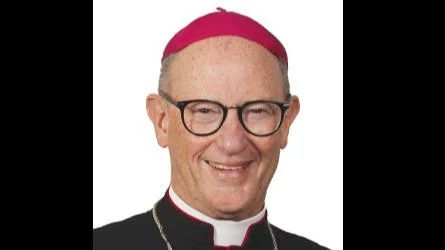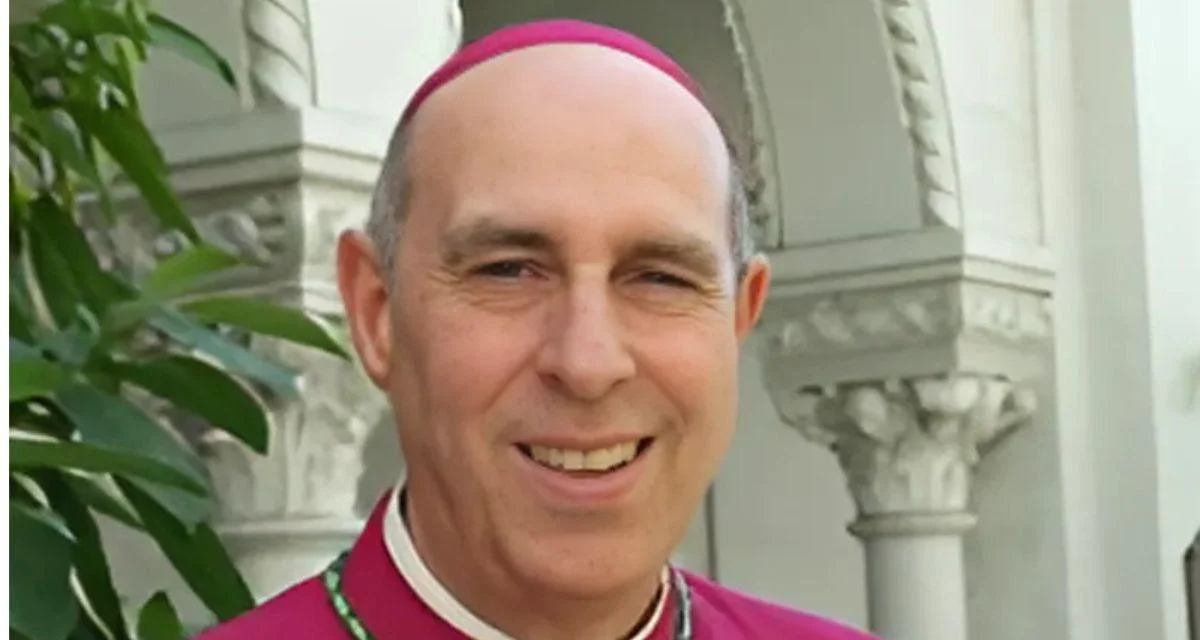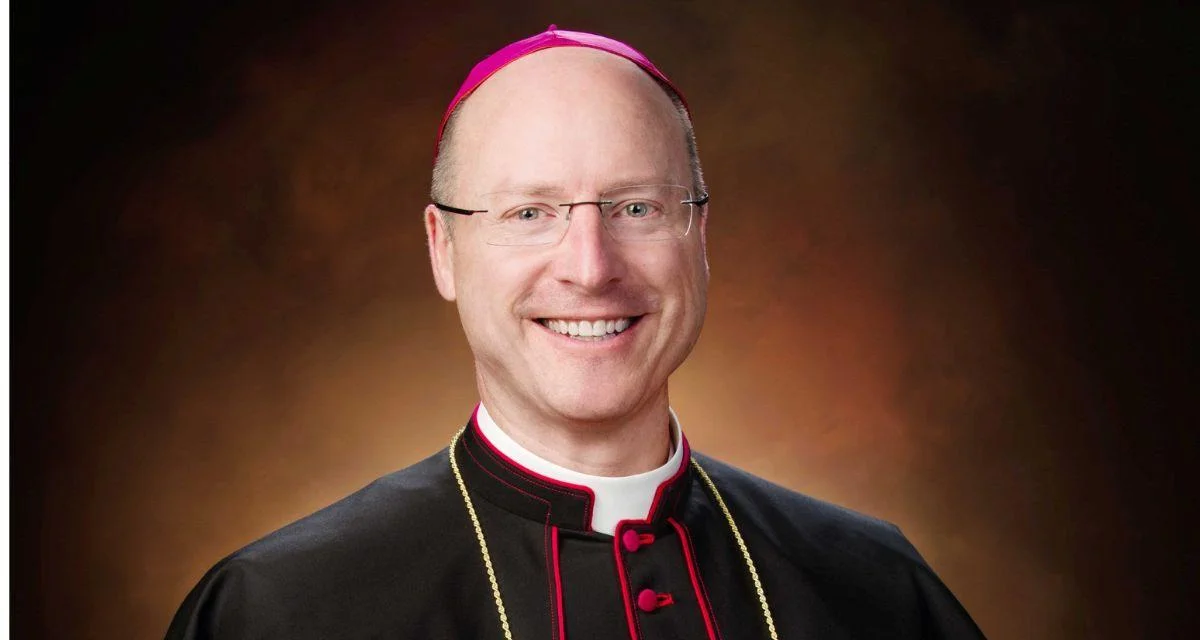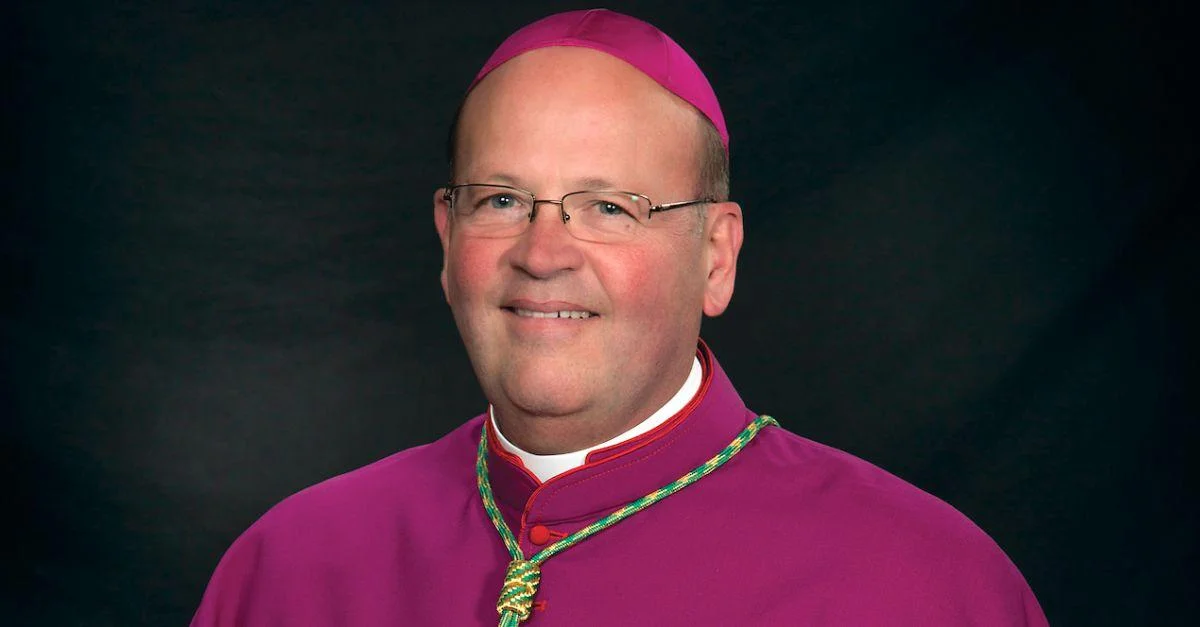
Most Rev. Austin A. Vetter Bishop | Diocese of Helena
The Gospels do not provide a depiction of the resurrection. Instead, they offer us glimpses of the empty tomb, heard proclamations, and accounts of the risen Lord's appearances. This is reflected in the Exsultet's verse: “O truly blessed night, worthy alone to know the time and hour when Christ rose from the underworld!”
It is significant that there were no eyewitnesses to the resurrection. This is perhaps underscored by what the Gospels do show us: The disciples' repeated failure to recognize Him. Mary Magdalene mistook Him for a gardener; His disciples walking to Emmaus were described as “foolish” and “slow of heart.” Matthew tells us that even after seeing Him, “some doubted.” In John's Gospel, when Jesus prepares breakfast for His disciples, it is noted that none “dared ask Him, ‘Who are you?’ They knew it was the Lord.” Why include this detail? Does it suggest that in His previous appearances they had indeed failed to recognize Him?
The Gospels convey these stories to check our presumption that we would have recognized Him. Moreover, they prompt us to contemplate what it means to see Him now. We might assume we can recognize the risen Lord without conversion. However, seeing Him involves witnessing a “love strong as death,” a love which triumphed through His passion, death, and resurrection - a “jealousy cruel as the grave” (Song 8:6). It means viewing all things from this love's perspective and understanding that everyone can echo Paul’s words: “the Son of God loved me and gave His life for me” (Gal 2:20).
Seeing Him also implies seeing others with the same sacrificial love with which He sees them. It demands allowing His self-gift to dissolve our spite, fear, contempt, and bitterness towards others because we find ourselves bound in a communion we didn’t create, deserve, or earn. This communion disregards whether we like others or not, whether we find them virtuous or petty, friends or enemies. These differences may persist; but we grow in a communion that is not based on them (unlike all other forms of community), but solely and entirely on a bond of communion we didn’t give ourselves: His self-gift and His blood shed while we were all still at odds with God.
So how can we learn to see our bond of communion in Him and thereby see Him? “The Eucharist makes the Church” (CCC 1396). In receiving Him, we accept the love that conquered death to become the bond of our communion in Him as His Body. Gradually, we begin to see as He does and to view one another as members of His Body. St. Augustine observes that “for our sakes” Christ prevented the disciples walking to Emmaus from recognizing Him until they did so in the breaking of the bread, “because we weren’t going to see Him in the flesh, and yet we were going to eat His flesh” (Sermon 235).






 Alerts Sign-up
Alerts Sign-up